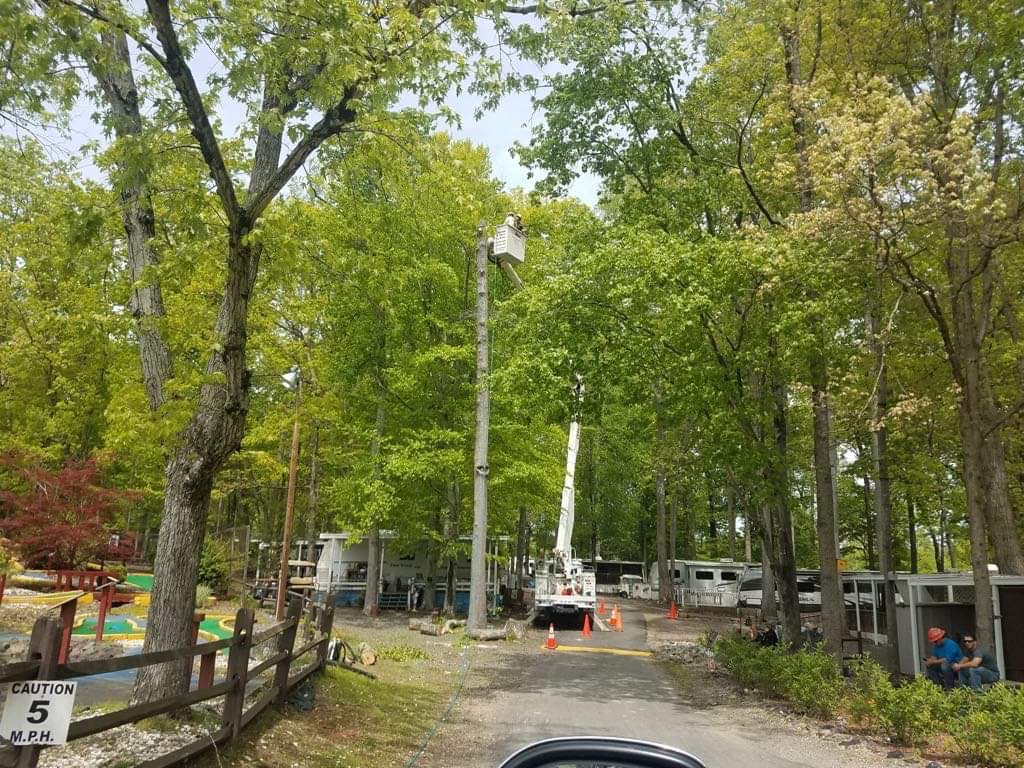As summer slowly fades away, the leaves on trees start to transform from their lush green hues to red, orange, yellow, and even deep purple. This transformation creates a beautiful display of colors that we often associate with the autumn season. But what causes this change to happen? Why do leaves change color in the fall?
In order to understand why leaves change color in the fall, we need to first understand what is happening inside the leaves. Leaves are made up of cells that contain chlorophyll, which is responsible for giving the leaves their green color and also helps the plant produce energy through photosynthesis. During the summer months, the long days and intense sunlight allow the leaves to produce ample amounts of chlorophyll, which makes them appear green.
As the days start to shorten and temperatures cool in the fall, the chlorophyll production starts to decrease, revealing other pigments that are present in the leaves. Carotenoids, which are responsible for yellow and orange colors, are the first pigments to be revealed as the chlorophyll breaks down. These pigments are always present in leaves but are usually masked by the chlorophyll during the summer months.
Anthocyanins, which are responsible for red and purple colors, aren’t always present in leaves. Instead, they are produced in response to environmental stresses such as bright sunlight or cold temperatures. As the chlorophyll breaks down more, the anthocyanins become more prominent, creating a brilliant display of reds, oranges, and deep purples.
The timing of these color changes can vary depending on the type of tree and the climate in the area. Generally, trees at higher altitudes or northern latitudes will start to change color earlier in the fall. Trees in warmer climates may not change color at all, or the change can be more gradual.
Why Leaves Change Color in the Fall
The changing of leaves in the fall is a natural process that happens yearly. As the days shorten and temperatures cool, the leaves begin to change from their summer green to brilliant yellows, oranges, reds, and purples. This transformation is caused by a decrease in chlorophyll production and the revealing of carotenoid and anthocyanin pigments. So next time you see the leaves changing, take a moment to appreciate the beauty and science behind this natural phenomenon.



